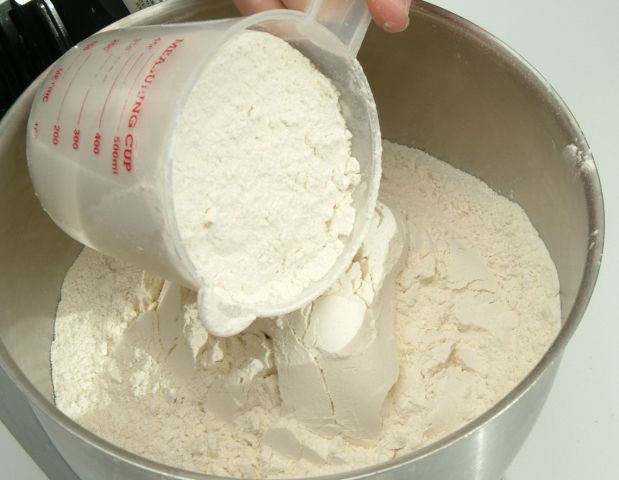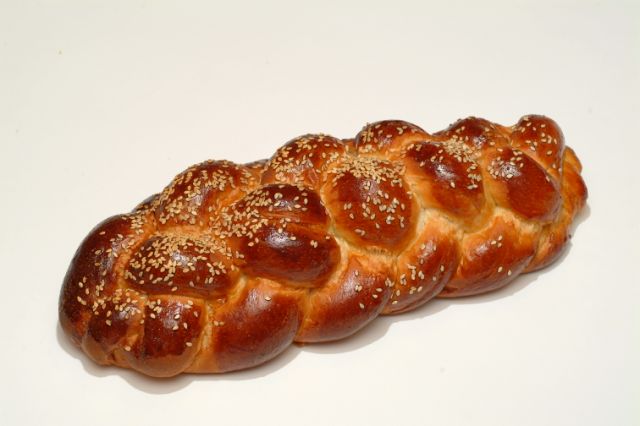Here’s a common query I get from many of you out there and this time, instead of only responding to the person writing to me, I would like to share it with all of you.
The answer to this dough and rising issue is one that I know so many challah bakers need to know:
Hi Tamar,
I make challot because both my kids (ages 3 and 1) are allergic to egg and the shop bought ones usually have egg in them. My recipe uses fresh yeast, and then all the usual ingredients except eggs.I made some today, left the dough to rise for a little over 3 hours as I had to go out and it rose beautifully (see photo) and was very airy.
I knocked it back, shaped the loaves, and left them to rise again for about an hour.This is when the problem occurs. After they have been baked they never rise more than about an inch. They expand outwards but not upwards. I am sure there isn’t a problem with the yeast as the dough always rises brilliantly when left before shaping but just doesn’t rise again after shaping and I don’t know what I’m doing wrong. I’d really appreciate any advice you can give.
Good Shabbos,
LC
Answer from Tamar Ansh:
Hi and thanks for writing in! Your problem is not really that uncommon – it happens to lots of people. Here’s what I think is most likely the issue.
Your dough is a bit too loose, and too wet. While this will yes net you airier challahs and those that rise a lot, you need to put a bit more flour into your dough so it will hold its shape after rising. I suggest adding in another half cup to a full cup of flour to your dough when you are preparing it.
If this makes the dough too tough, add in a bit more liquid again although not too much and also a bit more oil. Your final dough should be smooth and elastic feeling without being too sticky and too soft.
Try this tip and let me know if it works for you. This way, when you go to shape (re: braid, plait) your challah it will hold it’s shape better. It should also be easier to shape without sticking to your hands or work surface, and it will also rise upwards as well as outwards, thereby giving you a higher challah.
Another solution that I know helps a lot of people is to use a “challah pan”, which is an oval shaped pan that comes in many different sizes to accommodate small to very large challahs. This way your challah cannot spread out, it is forced to rise upwards. (I do sell these pans in Jerusalem, not for overseas shipping though, if anyone is interested.)
Have a great Shabbos and happy challah baking.




